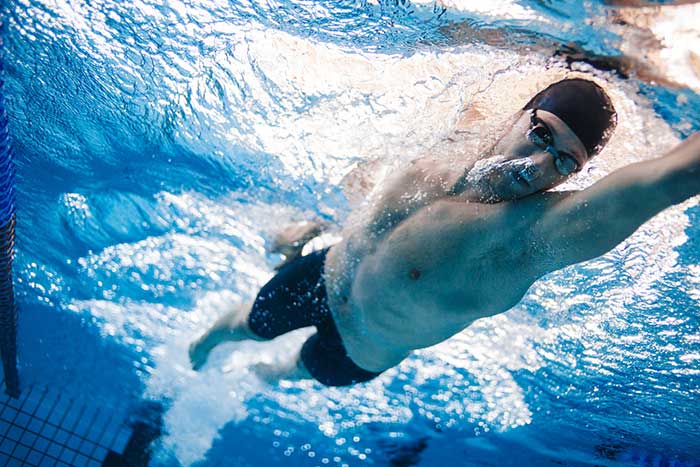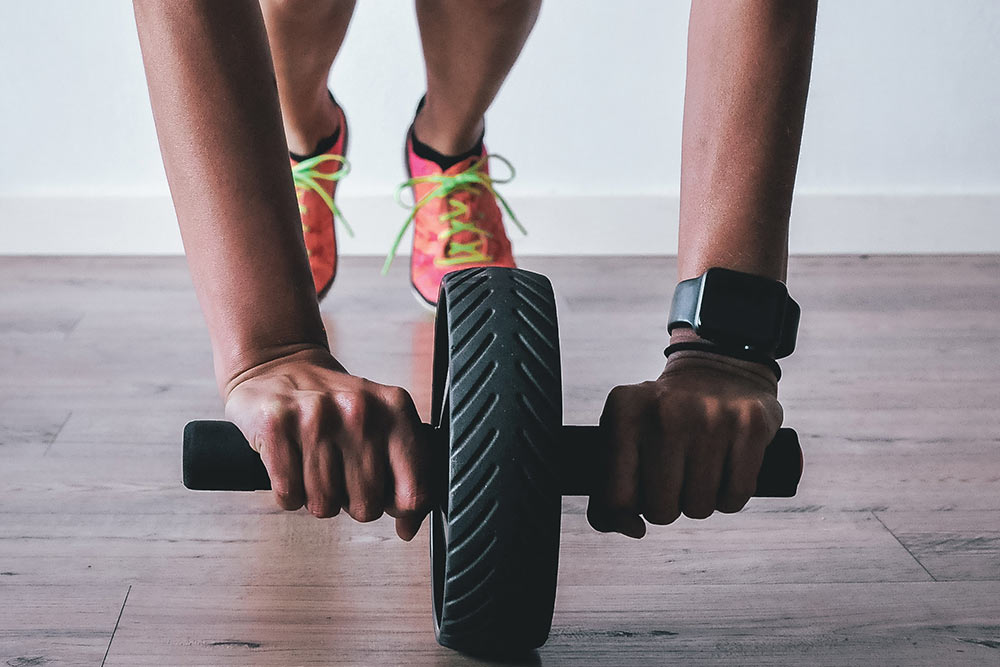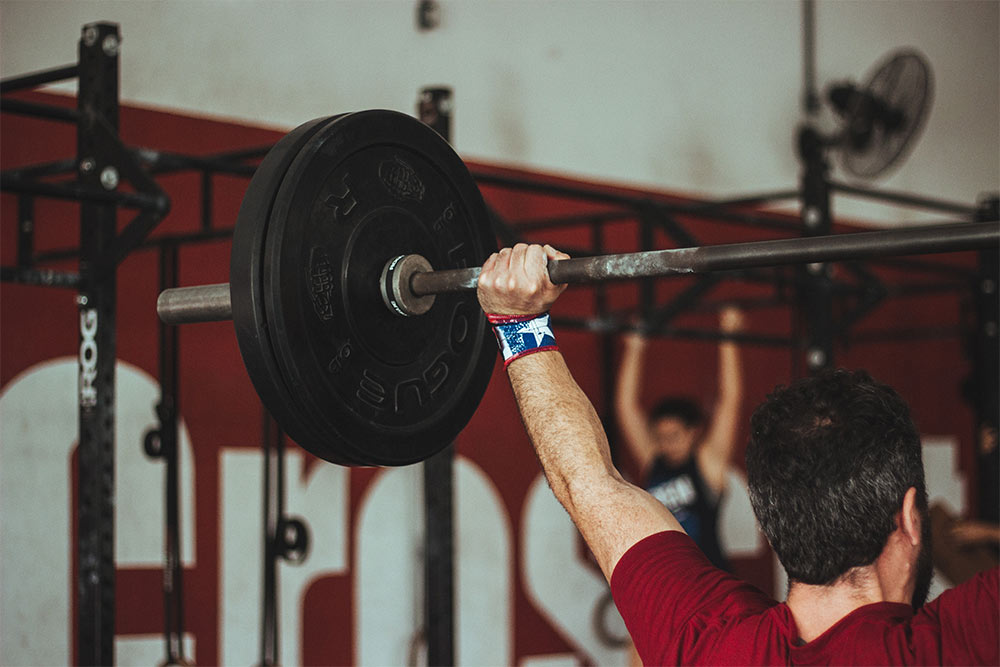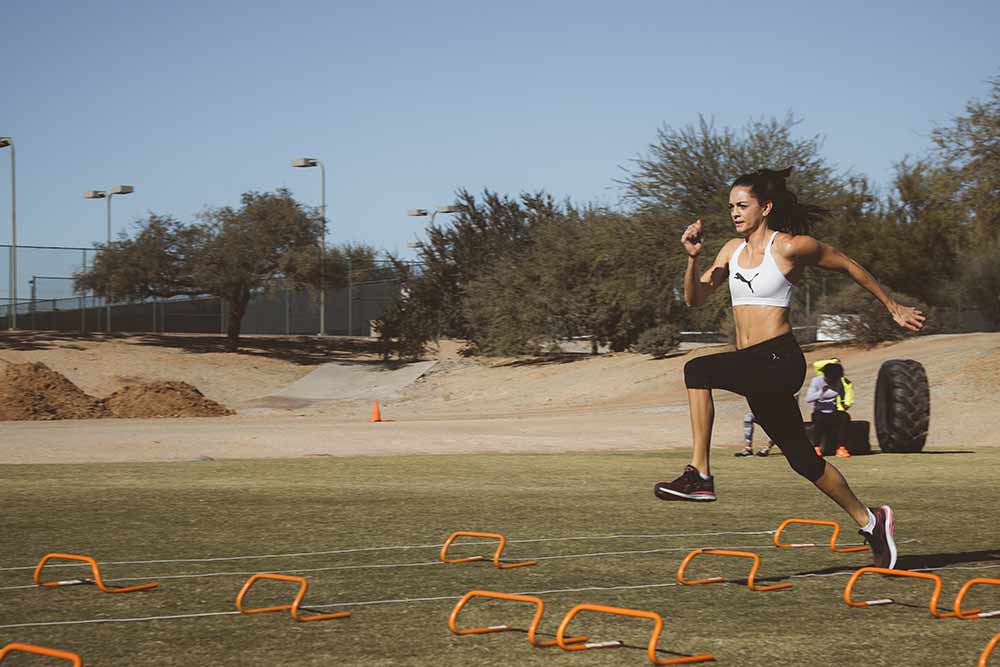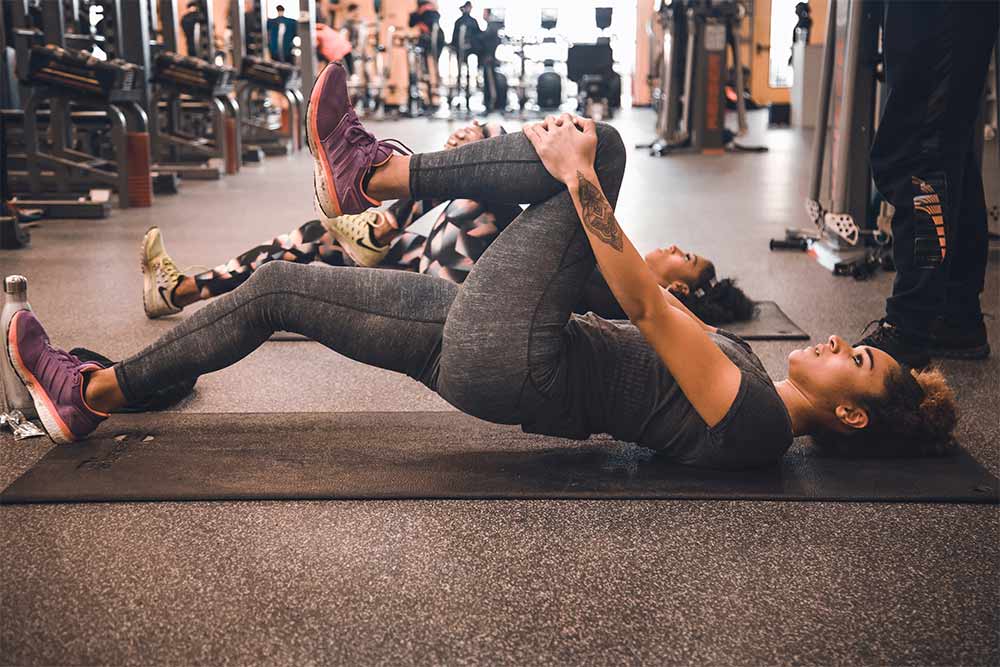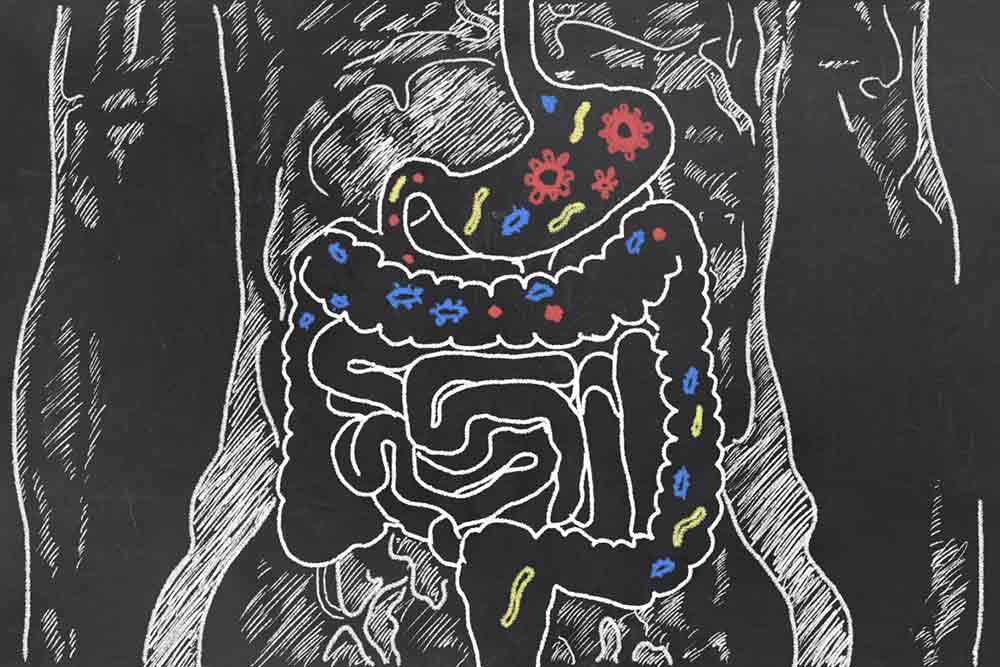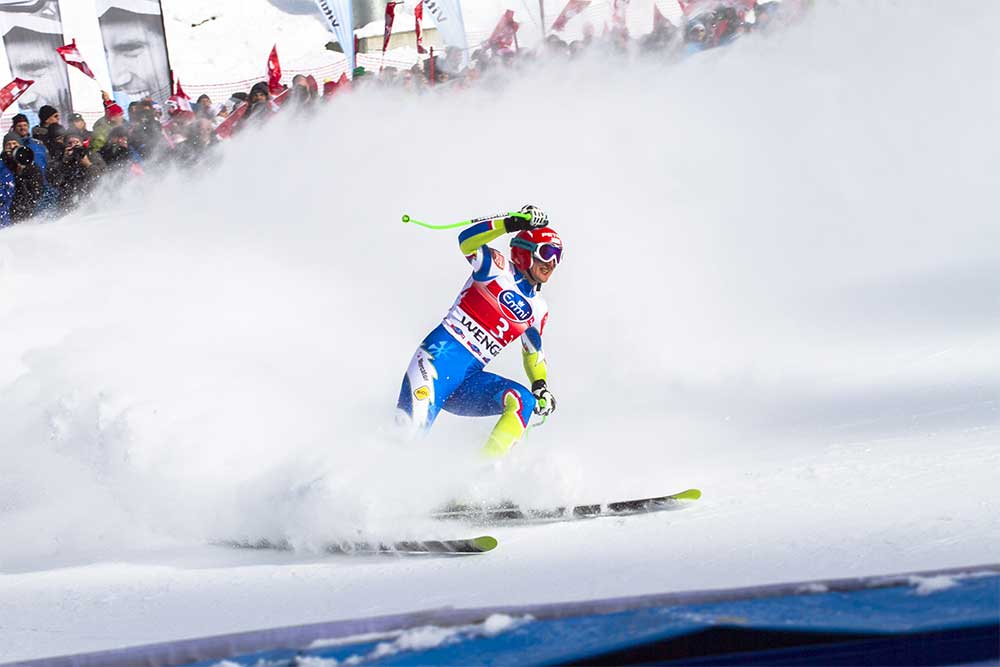The Effects Of Altitude Training On Competitive Swimmers
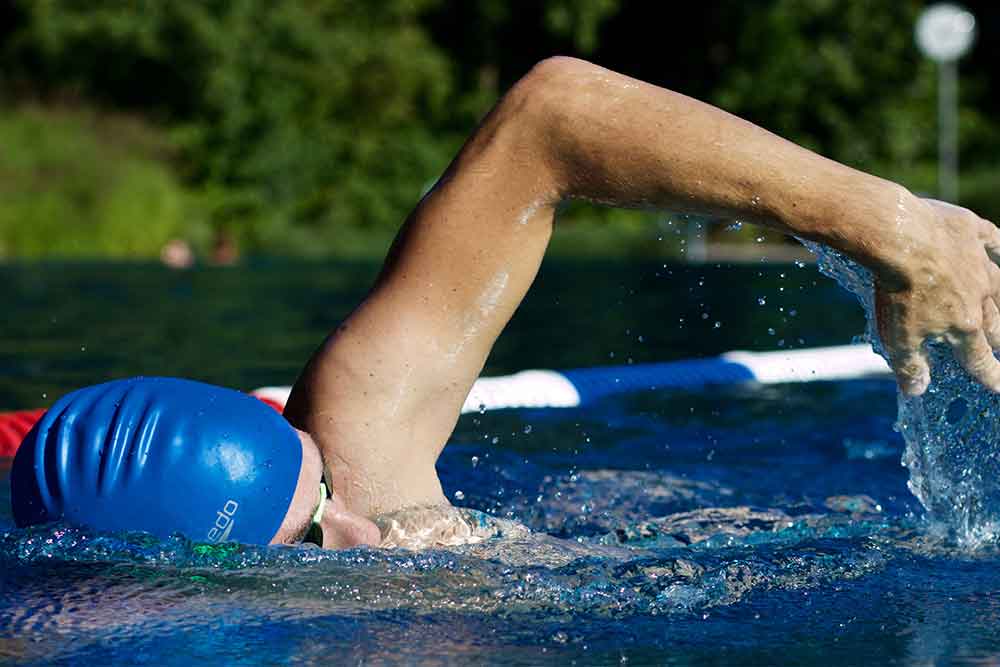
A Review by Alyssa Bialowas
Hypoxic training, also known as altitude training (training at heights above sea level), has been used for athletes in endurance sports to improve performance at sea level. Sport performance is improved when oxygen is transported around the body to working muscles. The more oxygen you can circulate, the harder your body can work.
At higher altitudes, less oxygen is available to be used in the body, so the body ends up producing a surplus of red blood cells. The idea is, when an athlete performs at sea level there is a greater amount of oxygen carrying red blood cells available, and transport of oxygen to the muscles is increased.
Living low, training high methods such as intermittent hypoxic training, repeated sprint training in hypoxia and resistance training in hypoxia have become favored among athletes and coaches. But does hypoxic training really reap the benefits it’s theorized to? This study dives in.
Related Article: HIIT Hill Workouts For Runners
The Study
The study consisted of twenty South Korean, moderately trained swimmers assigned to one of the two method groups: A normoxic training group for sea-level training and a hypoxic training group who trained in a simulated 3,000 m hypobaric hypoxic condition.
The study aimed to conclude the effects of hypoxic training composed of warm-up, continuous training, interval training, elastic resistance training, and cool-down on the aerobic exercise capacity, anaerobic power, muscular function, and swimming performance of 50 and 400 m in the swimmers. Aerobic exercise capacity, anaerobic power, muscular function, hormonal response and 50 and 400 m swimming performance were measured before and after training, and the training frequency was 120 minutes, 3 days per week for 6 weeks.
The Results
Muscular function and hormonal response parameters showed significant interaction effects in muscular strength and endurance, growth hormone, insulin like growth factor, and vascular endothelial growth factor. There were no interaction effects for the other variables, however, a hypoxic training group also showed increased maximal oxygen consumption, peak anaerobic power, and swimming performances for 50 m and 400m.
The Takeaway
Hypoxic training leads to an improvement in muscular strength and endurance in moderately trained competitive swimmers. There were unclear changes in aerobic exercise capacity, anaerobic power, and swimming performance of 50 and 400 m compared to normoxic training. Further research could look at a wider range of sports to uncover whether hypoxic training makes a difference on exercise performance.
Related Article: Competition Anxiety & Its Effect On Heart Rate In Swimmers
You Might Like:
4 Alternative Activities That Mimic HIIT
Alyssa Bialowas Experts say that high-intensity interval training (HIIT) should not exceed 3-4 times per week to allow time for your muscles to recover and to prevent serious injury. Depending on the week, I am...Reference:
Park, H., and Lim, K. (2017). “Effects of Hypoxic Training Versus Normoxic Training on Exercise Performance in Competitive Swimmers.” Journal of Sports Science and Medicine, 16, 480-488.

